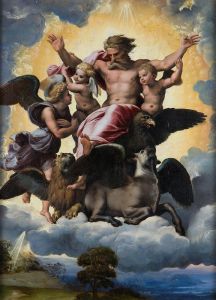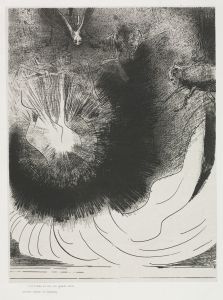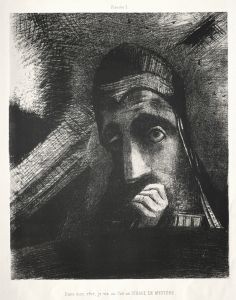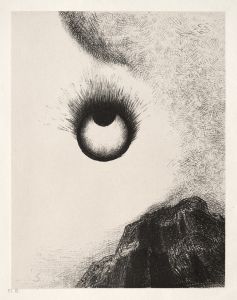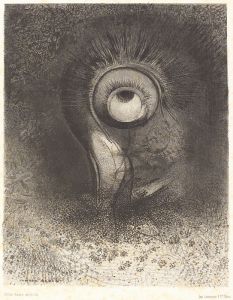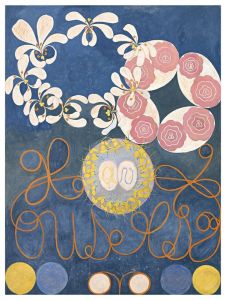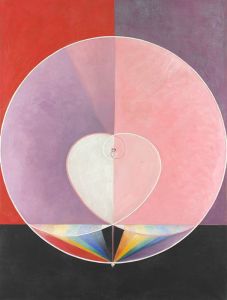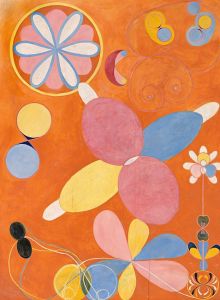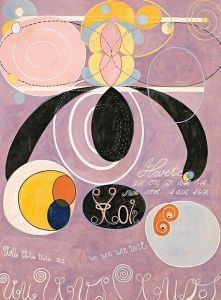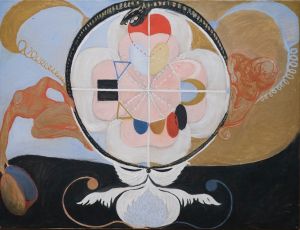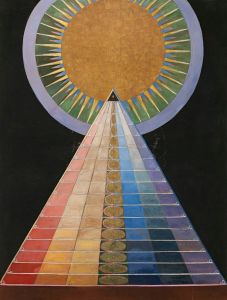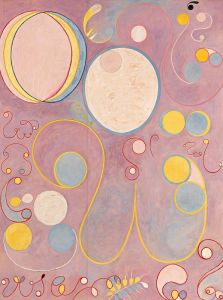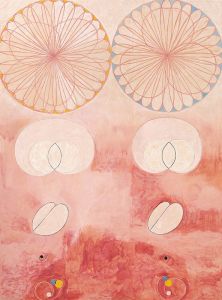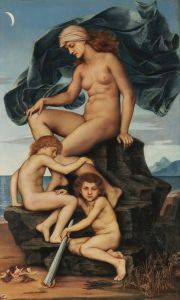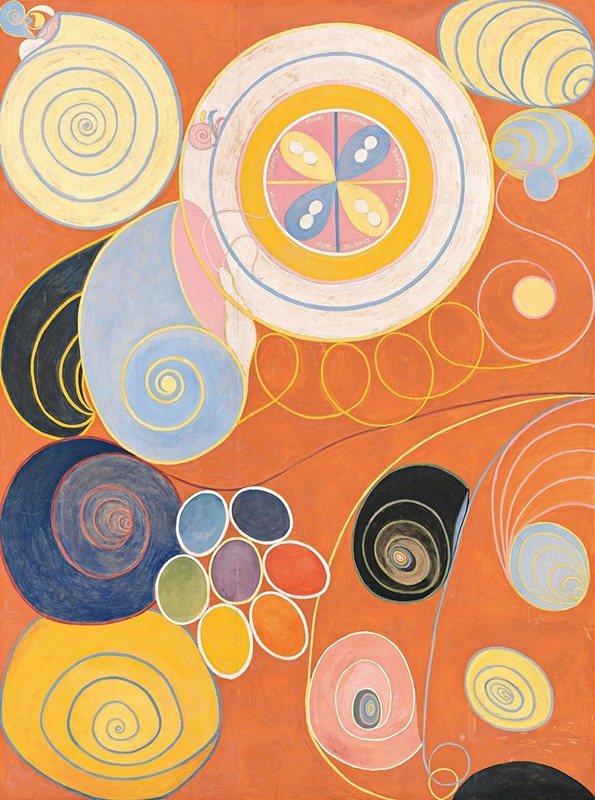
Group IV, No. 3. The Ten Largest, Youth
A hand-painted replica of Hilma af Klint’s masterpiece Group IV, No. 3. The Ten Largest, Youth, meticulously crafted by professional artists to capture the true essence of the original. Each piece is created with museum-quality canvas and rare mineral pigments, carefully painted by experienced artists with delicate brushstrokes and rich, layered colors to perfectly recreate the texture of the original artwork. Unlike machine-printed reproductions, this hand-painted version brings the painting to life, infused with the artist’s emotions and skill in every stroke. Whether for personal collection or home decoration, it instantly elevates the artistic atmosphere of any space.
Group IV, No. 3. The Ten Largest, Youth is a painting by Swedish artist Hilma af Klint, created in 1907 as part of her groundbreaking series "The Ten Largest." This series is a subset of a larger body of work known as "Paintings for the Temple," which af Klint worked on between 1906 and 1915. The series consists of ten large-scale paintings that explore the different stages of human life, with "Youth" representing the second stage.
Hilma af Klint was a pioneer of abstract art, and her work predates the widely recognized abstract works of artists like Wassily Kandinsky, Kazimir Malevich, and Piet Mondrian. Despite this, her contributions to the development of abstract art were largely unrecognized during her lifetime. Af Klint was deeply influenced by spiritualism, Theosophy, and the anthroposophical movement, which informed her artistic practice and the symbolic language she developed in her paintings.
The painting "Youth" is characterized by its vibrant colors and dynamic forms. It features a combination of organic shapes, floral motifs, and geometric patterns, which are used to symbolize the vitality and growth associated with the stage of youth. The use of color is particularly striking, with bright blues, pinks, and oranges dominating the composition. These colors and forms are not merely decorative but are imbued with symbolic meaning, reflecting af Klint's interest in the spiritual dimensions of existence.
Af Klint's approach to art was highly innovative for her time. She often worked in large formats, as seen in "The Ten Largest," which allowed her to create immersive environments that enveloped the viewer. Her paintings were intended to be experienced as part of a spiritual journey, guiding the viewer through different stages of life and consciousness. This holistic approach to art was influenced by her belief that her work was guided by higher spiritual forces, a conviction that led her to keep much of her work private during her lifetime.
"The Ten Largest" series, including "Youth," was not exhibited publicly until decades after af Klint's death in 1944. She had stipulated in her will that her work should not be shown until at least 20 years after her passing, believing that the world was not yet ready to understand her art. It wasn't until the late 20th and early 21st centuries that her work began to receive the recognition it deserved, with major exhibitions bringing her pioneering contributions to abstract art to a wider audience.
Today, Hilma af Klint is celebrated as a visionary artist who challenged the conventions of her time and expanded the possibilities of artistic expression. "Group IV, No. 3. The Ten Largest, Youth" stands as a testament to her innovative spirit and her commitment to exploring the profound connections between art, spirituality, and the human experience.





